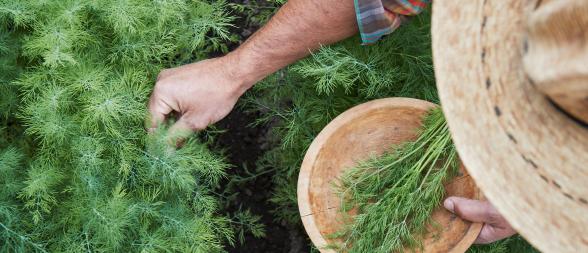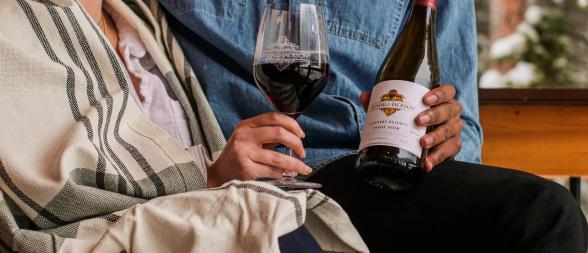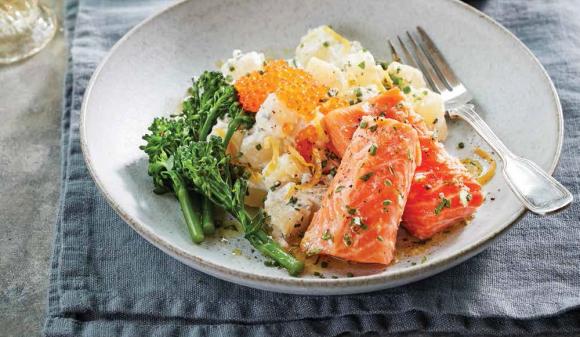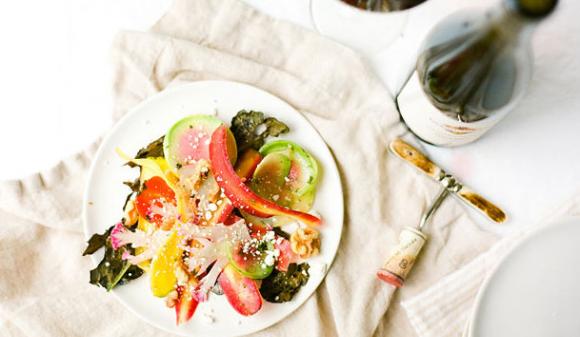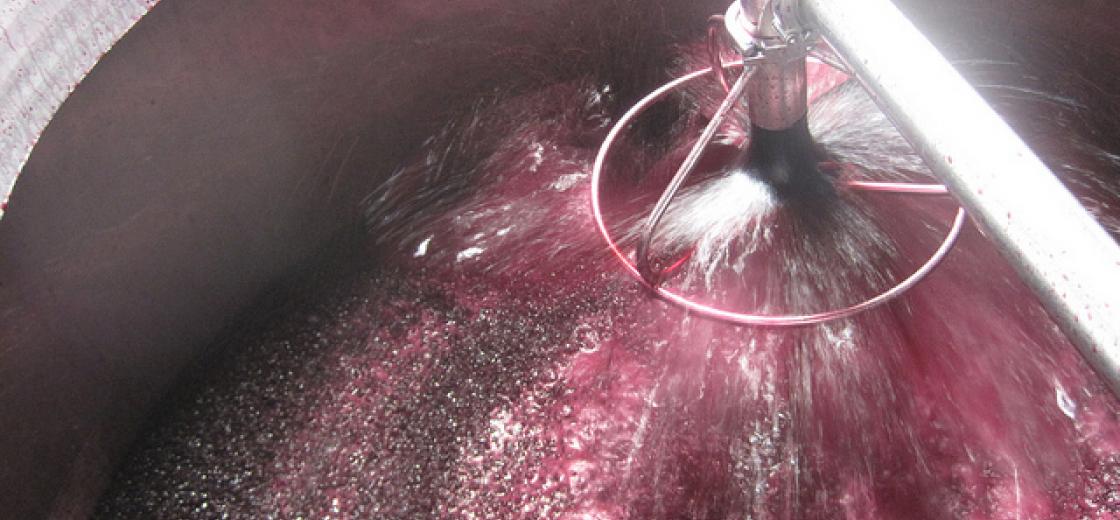
Harvest 2011: Making Red Wine
First off, red wines are fermented on the skins. This allows for the extraction of phenolic compounds (a class of molecules that are antioxidants, also found in coffee, chocolate and tea). These compounds are the heart and soul of a red wine. They are responsible for the color and the mouthfeel or texture, and the extent to which they are present in a red wine can be directly correlated to the perceived quality.
So what are we talking about really? A red winemaker wants to produce a wine with good color and mouthfeel that conveys the sweetness of the fruit, varietal character, and a pleasing finish. Starting with grapes at 24% (more or less) sugar, this result can be hard to conceive.
Through experience, we have learned of several techniques that allow us to mold the fermenting wine into the image that we have for the final product. These are some of the techniques that I use to that end.
First, we emphasize a cold soak or cold maceration to begin the extraction of color. When we first get the grapes in tank, we chill the fruit down to 50 degrees and hold it there for 3-5 days. During this period, we mix the tank daily to encourage the extraction, mostly of the red-purple colored compounds in the skins, and also of some of the skin tannins. This extraction happens in the absence of alcohol. The benefit of this is that we are not extracting any seed tannin, which can often be bitter and harsh.
Second, we warm up the must after yeast inoculation and encourage fermentation temperatures between 80-90 °F. Higher temperatures are critical to the tannin extraction that leads to the mouthfeel we are after.
During the fermentation, we use one or more methods of cap management to promote the extraction of color and tannin from the skins. Cap management refers to the practice of mixing the fermenting juice with the grape skins.
Once fermentation begins the yeast start to consume the grape sugars and carbon dioxide is released. The skins separate from the fermenting juice and rise to the top of the tank because of the CO2. In order to continue extracting the desired phenolic compounds, we have to get the juice back in contact with the skins on a regular basis. We use techniques like punch downs (physically pushing the skins back down into the juice), pumpovers (pumping the juice out from the bottom of the tank and returning it over the top) or délestage (racking all the juice off the skins to another tank then returning it all at once over the skins).
Finally, I taste the tanks daily to monitor how the extraction is progressing. As the fermentation comes along, I can sense whether the mouthfeel meets my goal for the type of grape or for the wine I expect it to contribute toward. I can adjust the number and duration of the cap management events to achieve that goal. This is one of my favorite parts about the winemaking process, as it is one of the times when the winemaker gets to put his imprint on the finished product.
We’re almost done with Harvest. The grapes are almost all in, but we will have several more days of fermentation on skins to go before this part of the process is done.

